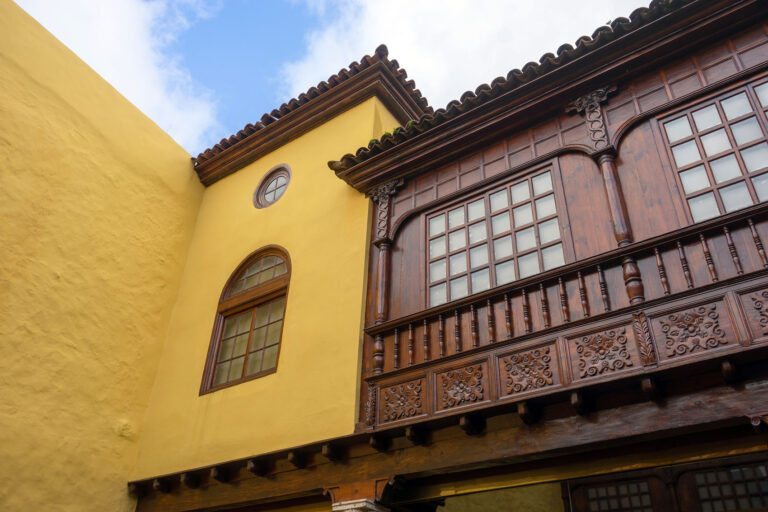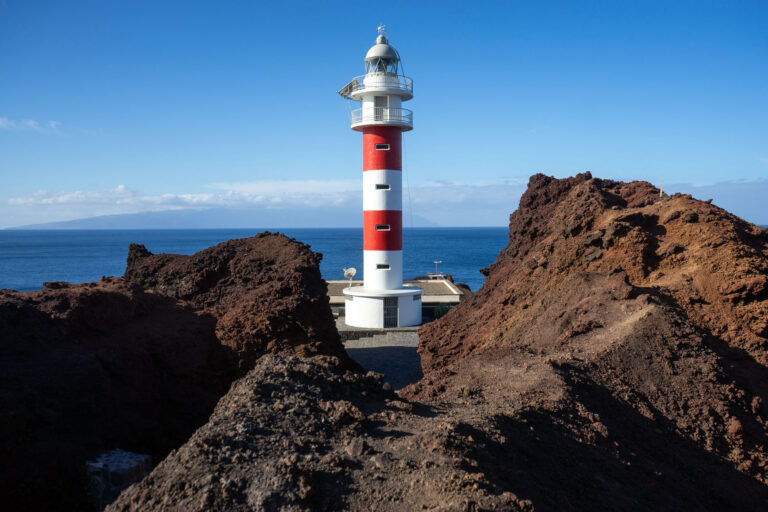A Return to Arenas Negras
On our first visit to the volcanic region known as Arenas Negras, we had done a loop around the Montaña Negra. This “Black Mountain” last exploded three hundred years ago, utterly destroying the seaside village of Garachico. We were so impressed by the otherworldly area, that we promised ourselves to return for a second hike… and it was a promise we kept.

The natural park known as Arenas Negras, or “Black Sands”, is a blackened hellscape of jagged lava rocks, wide open views, and the occasional pine tree attempting to prove that life can truly survive anywhere. There are a number of volcanic peaks, and a dense network of hiking paths which snake around them. The park is large, and it’s possible to spend a full day here; a popular path in the form of an “8” connects the Montaña Negra to the Chinyero, but today, we would just be concentrating on the latter. After parking alongside the TF-38, we ventured north.
Chinyero has the distinction of being the most recently-active volcano on Tenerife, last exploding in 1909 for a period of nine days. It’s longer than a human life, but 111 years is nothing on a geological scale, and the landscape around the volcano is still recovering. Today, Chinyero is considered inactive, which made us feel better, being within its shadow.

This monochrome and unforgiving landscape is not what most people think of when imagining a “gorgeous” nature hike, and Arenas Negras certainly inspires a different feeling than the haunting majesty of the ancient laurel forests of the Anaga Park. But the site of the earth slowly repairing itself, after millennia of violence, is beautiful in its own way.




























